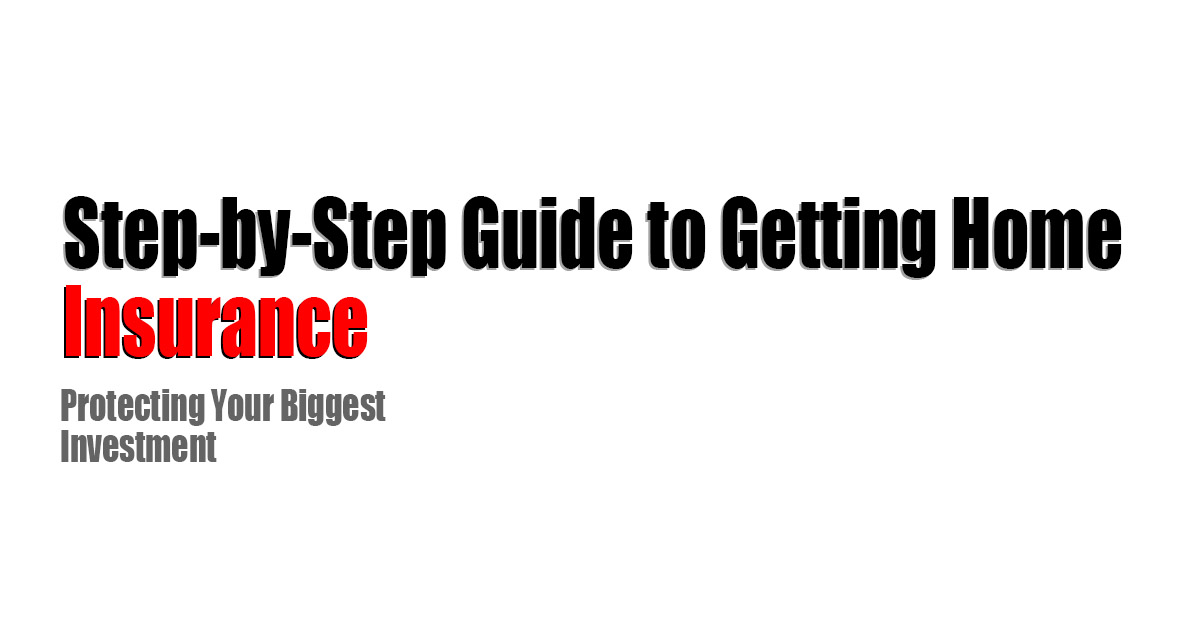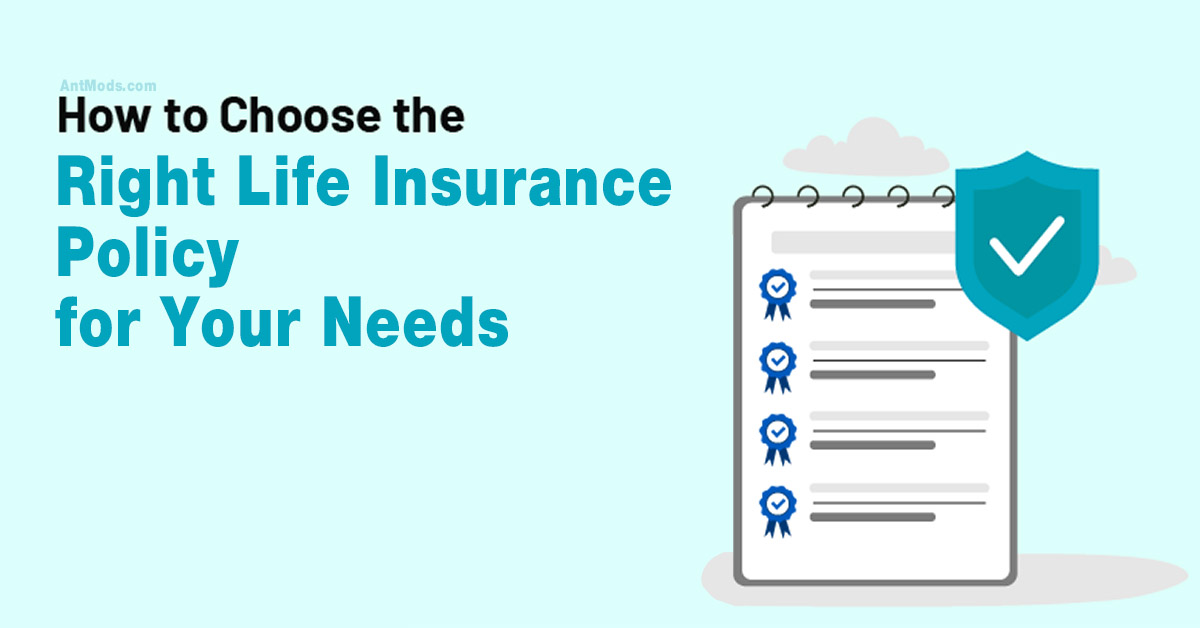Homeowners insurance is a crucial financial safeguard for protecting your most valuable asset – your home. This essential coverage provides peace of mind and financial protection against a wide range of potential losses and liabilities. Let’s explore what homeowners insurance typically covers and why it’s so important for homeowners.

What Does Homeowners Insurance Cover?
A standard homeowners insurance policy typically includes four main types of coverage:
Structure of Your Home
This coverage protects the physical structure of your house and attached structures like garages. It pays to repair or rebuild your home if it’s damaged or destroyed by covered perils such as fire, hurricanes, lightning, or other disasters listed in your policy. Most policies also cover detached structures like tool sheds or gazebos, usually for about 10% of the amount of insurance on the house.
Personal Belongings
Your furniture, clothing, sports equipment, and other personal items are covered if they’re stolen or destroyed by insured disasters. Most companies provide coverage for 50% to 70% of the insurance amount on the home’s structure. This coverage often includes off-premises protection, meaning your belongings are insured anywhere in the world.
Liability Protection
This crucial component of homeowners insurance provides legal protection if you or family members cause bodily injury or property damage to others. It covers both the cost of defending you in court and any court awards, up to the limit of your policy.
Additional Living Expenses (ALE)
If your home is uninhabitable due to a covered disaster, ALE coverage pays for your additional costs of living away from home. This includes hotel bills, restaurant meals, and other expenses above your usual living costs while your home is being repaired or rebuilt.
Why You Need Homeowners Insurance.
Financial Protection
Homeowners insurance provides a financial safety net against potentially catastrophic losses. Without it, you’d be responsible for paying out of pocket to rebuild your home and replace your belongings in the event of a disaster.
Mortgage Requirement
While homeowners insurance isn’t legally mandated, most mortgage lenders require it as a condition of your loan. This protects their investment in your property.
Liability Coverage
The liability portion of your policy protects you from lawsuits for bodily injury or property damage that you, your family members, or even your pets might cause to others
Peace of Mind
Knowing that you’re protected against a wide range of potential losses can provide significant peace of mind. About 88% of homeowners have an active homeowners insurance policy for this reason
Important Considerations
Coverage Limits
It’s crucial to purchase enough coverage to rebuild your home and replace your belongings. Conduct a home inventory to ensure you have adequate personal property coverage.
Policy Exclusions
Standard policies typically don’t cover damage from floods, earthquakes, or normal wear and tear. You may need to purchase separate policies or endorsements for these types of coverage.
Claims History
Be aware that filing claims can affect your future premiums. On average, only about 5.3% of insured homes file a claim each year. Consider whether it’s worth filing a claim for minor damages that you could cover out-of-pocket.
Regular Policy Review
As your home’s value changes or you acquire new possessions, it’s important to regularly review and update your policy to ensure you maintain adequate coverage.
Homeowners insurance is a vital component of financial planning for any homeowner. By understanding what it covers and why it’s necessary, you can make informed decisions about your coverage and protect your home and finances against unforeseen events. Remember to shop around and compare quotes from multiple insurers to find the best coverage for your needs and budget.
What additional coverage options should I consider for expensive items ?
When it comes to protecting your high-value items, standard homeowners insurance may fall short. Here are some important additional coverage options to consider:
Scheduled Personal Property Riders
These riders provide extra protection for specific valuable items:
- Covers items like jewelry, art, and collectibles
- Insures items for their full appraised value
- Protects against accidental loss, not just theft
- Often doesn’t require a deductible for claims
Extended Reconstruction Cost Coverage
For homeowners with valuable properties:
- Provides extra coverage if rebuilding costs exceed your policy limit
- Typically offers 25% to 50% additional coverage
- Protects against unexpected increases in construction costs
Equipment Breakdown Coverage
Useful for homes with expensive systems and appliances:
- Covers mechanical or electrical failures
- Protects HVAC systems, home entertainment setups, and major appliances
- Usually costs a small additional monthly fee
Increased Jewelry Coverage
Standard policies often have low limits for jewelry theft. To better protect valuable jewelry:
- Raise the overall jewelry coverage limit
- Schedule very expensive pieces individually
- Provides broader protection, including accidental loss
Valuable Items Coverage
This option protects a range of high-end possessions:
- Covers items like antiques, artwork, and collectibles
- Offers higher limits and broader protection
- It may require professional appraisals
Why Consider These Options?
- Better protection for your most valuable items
- Coverage for risks not included in standard policies
- Potentially lower or no deductibles for claims
- Peace of mind knowing your prized possessions are fully insured
Remember to regularly review and update your coverage as your possessions change. By adding these options to your homeowners insurance, you can ensure comprehensive protection for all your valuable items.
What are the typical exclusions in homeowners insurance policies?
Understanding what your policy doesn’t cover is just as crucial as knowing what it does. Here’s a comprehensive look at typical exclusions:
1. Flooding
Standard homeowners policies do not cover damage from external water sources. This includes:
- Natural flooding from rivers or storms
- Storm surges
- Groundwater seepage
Why it matters: Flood damage can be catastrophic and expensive. The average flood claim payout in the U.S. is about $52,000.
Solution: Purchase separate flood insurance, often available through the National Flood Insurance Program (NFIP) or private insurers.
2. Earthquakes and Earth Movements
Damage resulting from seismic activity is typically excluded. This encompasses:
- Earthquakes
- Landslides
- Sinkholes
Why it matters: Earthquake damage can be extensive and costly, especially in high-risk areas.
Solution: Consider earthquake insurance or a “difference in conditions” policy, particularly if you live in a seismically active region.
3. Mold
Most policies exclude mold damage unless it’s a direct result of a covered peril.
Why it matters: Mold remediation can be expensive, with costs ranging from $500 to $6,000 or more.Solution: Some insurers offer limited mold coverage or optional endorsements. Proper home maintenance is crucial for prevention.
4. Pest Infestations
Damage from insects, rodents, and other vermin is generally not covered. This includes:
- Termite damage
- Bed bug infestations
- Rodent-caused destruction
Why it matters: Pest damage can be extensive and costly. Termites alone cause about $5 billion in property damage annually in the U.S.
Solution: Regular pest inspections and preventive measures are essential. Consider separate pest control services or warranties.
5. Wear and Tear
Normal deterioration and maintenance issues are excluded from coverage.
Why it matters: Over time, wear and tear can lead to significant repair costs if not addressed promptly.
Solution: Regular home maintenance and timely repairs are crucial to prevent larger issues.
6. Nuclear Hazards
Damage from nuclear accidents or radiation is not covered by standard policies.
Why it matters: While rare, nuclear incidents can cause catastrophic damage.
Solution: There’s limited recourse for this exclusion, but some coverage may be available through government programs in case of nuclear incidents.
7. War and Government Action
Damage from acts of war or government actions (like eminent domain) is excluded.
Why it matters: These events, though rare, can result in total property loss.
Solution: There’s typically no insurance solution for these exclusions.
8. Certain Dog Breeds
Some insurers exclude liability coverage for specific dog breeds considered high-risk.
Why it matters: Dog-related injuries can lead to costly liability claims, averaging $44,760 per claim.
Solution: If you own a breed often excluded, shop around for insurers that don’t have breed restrictions or consider umbrella liability coverage.
9. Intentional Damage
Damage caused intentionally by the policyholder is not covered.
Why it matters: This exclusion prevents insurance fraud and moral hazard.
Solution: There’s no insurance solution for intentional damage, as it goes against the principle of insurable risk.
10. Sewer Backups
Many policies exclude damage from sewer or drain backups.
Why it matters: Sewer backups can cause extensive water damage and pose health hazards.
Solution: Many insurers offer sewer backup coverage as an optional add-on, typically for an additional $40-$50 per year.
Understanding these exclusions helps homeowners make informed decisions about additional coverage needs and risk management strategies. Always review your policy carefully and discuss any concerns with your insurance agent to ensure you have adequate protection for your specific situation.
Also Read:- 10 Ways to Lower Your Car Insurance Premiums





